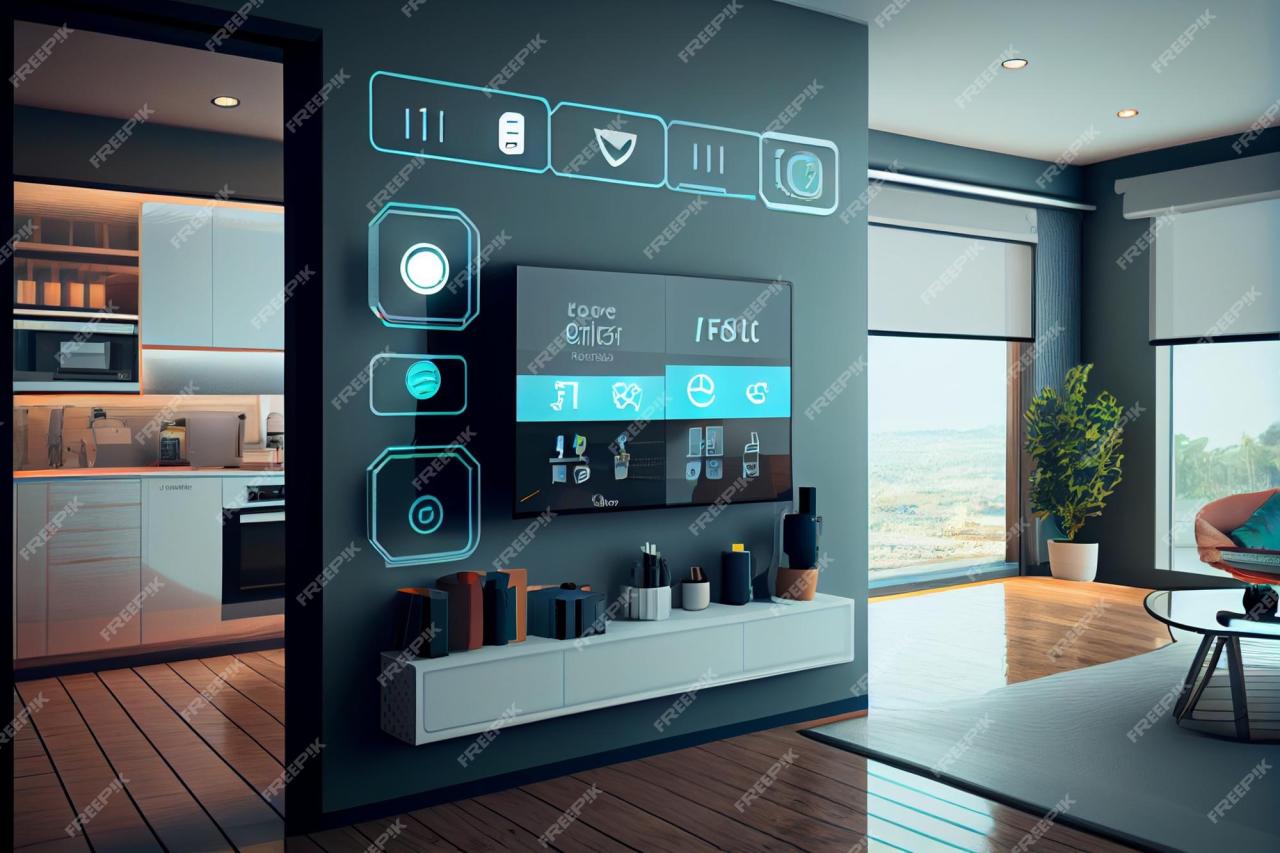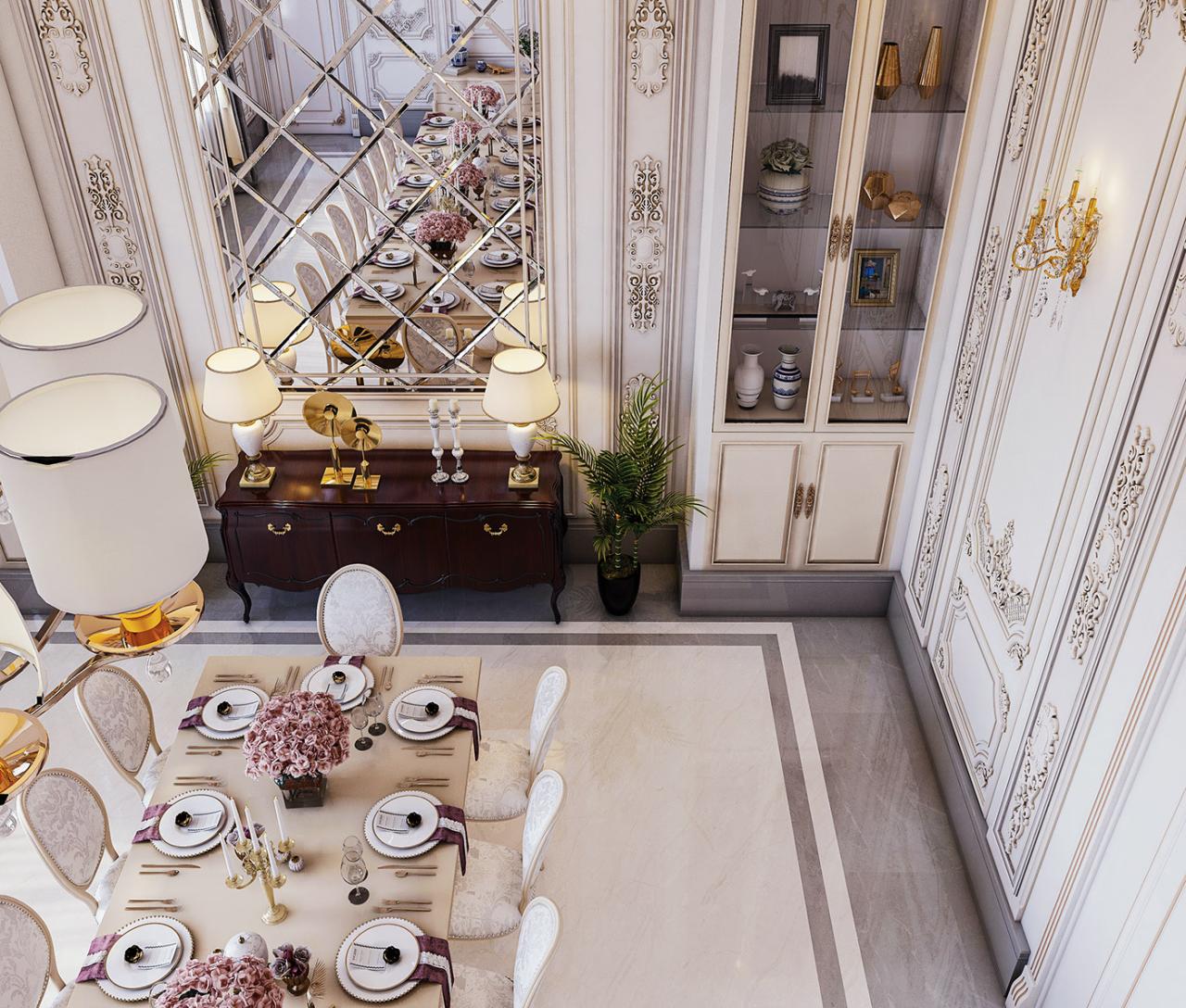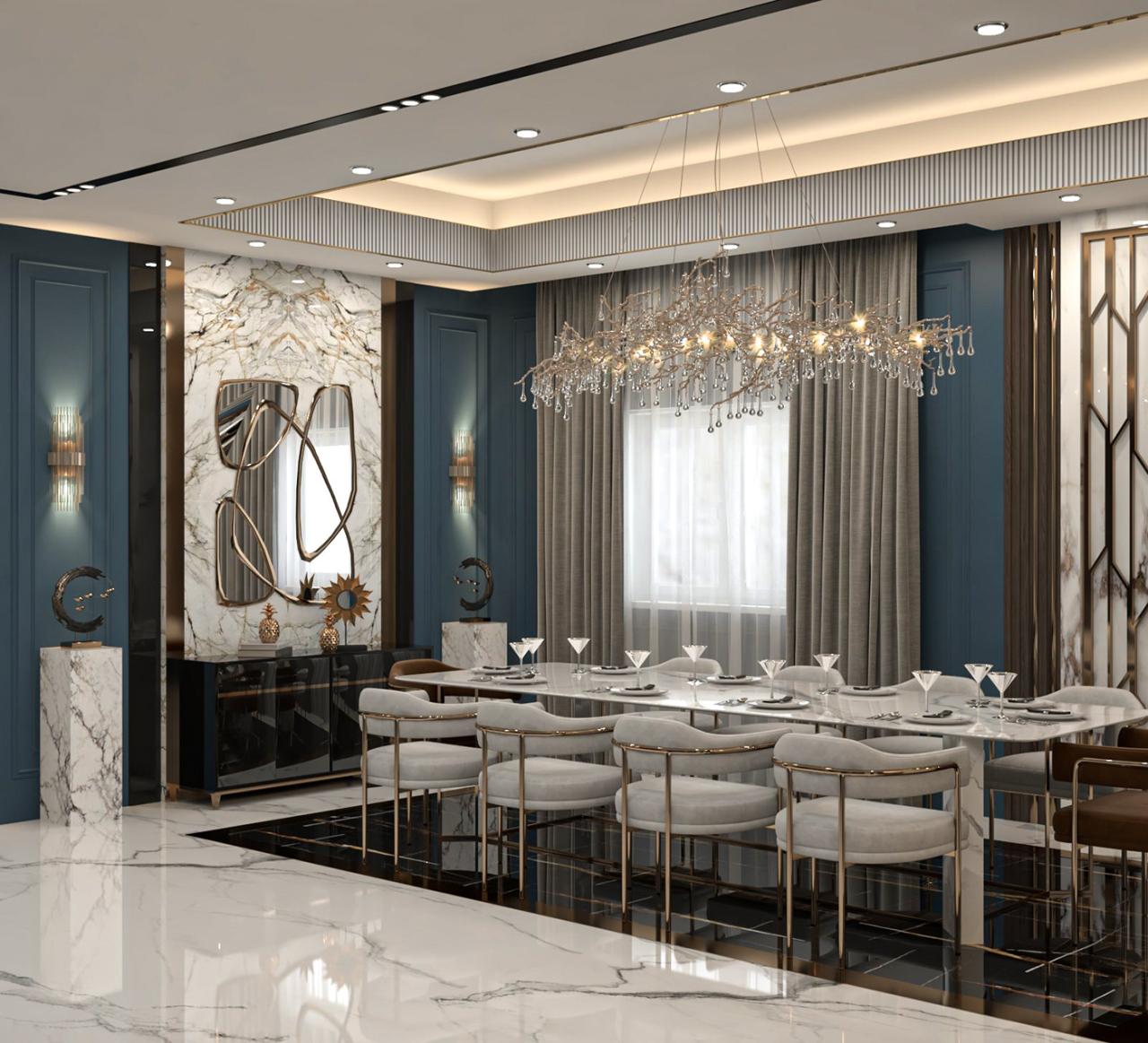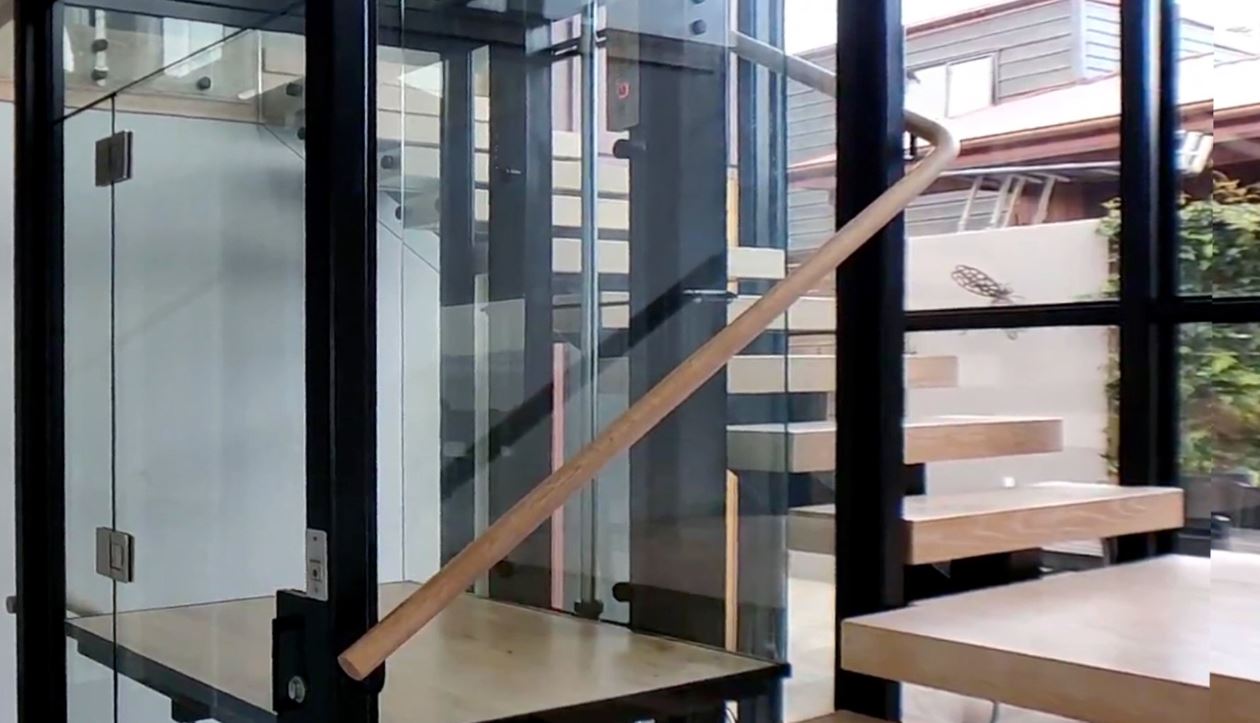Choosing the right living room storage solutions for clutter is key to creating a relaxing and functional space. A cluttered living room can feel overwhelming and stressful, impacting both your mood and the overall aesthetic of your home. This guide explores various storage options, helping you select solutions that not only maximize space but also enhance your living room’s style and functionality.
We’ll cover everything from assessing your storage needs to choosing the perfect style to match your décor.
From identifying common clutter culprits to implementing effective organization systems, we’ll walk you through a step-by-step process to transform your living room from chaotic to calm. We’ll delve into different storage types, from sleek, modern cabinets to space-saving ottomans, considering both functionality and aesthetics. Whether you prefer a minimalist or maximalist approach, we’ll provide examples and tips to help you create the living room of your dreams—one that’s both beautiful and clutter-free.
Understanding Clutter in Living Rooms
A cluttered living room is more than just an untidy space; it’s a reflection of the challenges in managing belongings and prioritizing functionality. Understanding the sources and impacts of clutter is the first step towards creating a more organized and enjoyable living environment. This section explores the different facets of living room clutter, from its physical manifestations to its psychological effects.Common Sources of Living Room Clutter and Their Negative ImpactsExcessive clutter in living rooms often stems from a variety of sources.
Magazines and newspapers pile up unread, remote controls multiply mysteriously, and throw blankets accumulate on furniture. Children’s toys, work-from-home materials, and seasonal decorations can also quickly overwhelm a space. The accumulation of these items not only impacts the aesthetic appeal of the room, making it feel cramped and visually unappealing, but it also significantly hinders functionality. Navigating a cluttered space becomes difficult, hindering relaxation and social interaction.
Finding specific items becomes a time-consuming chore, and the overall atmosphere can feel stressful and chaotic rather than peaceful and inviting.Types of ClutterClutter isn’t solely defined by physical objects. It exists in various forms. Physical clutter refers to the tangible items mentioned earlier – the overflowing bookshelves, the stacks of mail, and the miscellaneous items scattered across surfaces.
Visual clutter, however, goes beyond the physical. It encompasses the overwhelming feeling created by a disorganized arrangement of items, even if the number of items isn’t excessive. A room with mismatched furniture, too many patterns, or poorly coordinated colors can feel visually cluttered. Finally, digital clutter – the overflowing inboxes, cluttered computer desktops, and numerous unused apps – also contributes to an overall sense of disorganization that can spill over into the physical space.Psychological Effects of a Cluttered Living RoomA cluttered living room can have a significant impact on mental well-being.
The constant visual reminder of unfinished tasks and disorganization can lead to feelings of stress, anxiety, and even depression. The inability to easily find items can be frustrating and time-consuming, adding to daily stress. A cluttered space can also make it difficult to relax and unwind, impacting sleep quality and overall mood. Conversely, a clean and organized space can promote feelings of calm, control, and productivity, fostering a more positive and healthy living environment.
Tackling living room clutter starts with smart storage choices; shelves, ottomans, or even stylish baskets can make a big difference. Once you’ve decluttered, however, remember that good lighting is key to showcasing your newly organized space; check out this guide on best lighting options for a living room with dark walls to really highlight your efforts.
Ultimately, the right storage and lighting work together to create a calm and inviting atmosphere.
Studies have shown a direct correlation between a tidy home and reduced stress levels. For example, a study published in the journal
Personality and Social Psychology Bulletin* found that women who described their homes as cluttered reported significantly higher levels of cortisol (a stress hormone) than those who described their homes as clean and organized.
Assessing Your Living Room’s Storage Needs
Before you can choose the right storage solutions, you need a clear understanding of what you’re working with. This involves taking stock of your current belongings, categorizing them by usage, and analyzing your living room’s layout to identify optimal storage placement. A systematic approach ensures you choose solutions that effectively address your specific needs.
Effectively assessing your living room’s storage needs involves a three-step process: inventorying your items, categorizing them based on usage and importance, and finally, mapping out your space to determine where storage solutions would fit best. This comprehensive approach helps you select storage that is both practical and aesthetically pleasing.
Listing Current Living Room Items
Begin by making a comprehensive list of everything currently stored in your living room. This includes furniture, decorative items, electronics, books, games, blankets, and anything else you keep there. Be thorough; even small items add up to clutter. A detailed inventory provides a clear picture of the volume of items needing storage.
- Example List: Sofa, coffee table, TV, TV stand, two armchairs, throw blankets, three decorative pillows, remote controls, bookshelves with books and DVDs, games, board games, family photos in frames, lamps, side tables.
Categorizing Items by Frequency of Use and Importance
Once you’ve listed everything, categorize each item based on how often you use it and its importance. This will help determine the best storage location for each item. High-use, important items should be easily accessible, while infrequently used or less important items can be stored in less convenient locations.
- High-frequency, high-importance: TV remote, frequently read books.
- High-frequency, low-importance: Throw blankets.
- Low-frequency, high-importance: Important documents, family heirlooms.
- Low-frequency, low-importance: Seasonal decorations, extra blankets.
Mapping Your Living Room’s Storage Potential
Draw a simple floor plan of your living room. Note the dimensions of the room and the placement of existing furniture. Identify areas suitable for adding storage, considering both vertical and horizontal space. Think about unused corners, wall space above furniture, and areas under furniture.
Imagine a typical living room, perhaps 15 feet by 12 feet. The floor plan would show the sofa against one wall, a coffee table in the center, armchairs flanking the fireplace (if present), and a TV stand against another wall. Areas for potential storage could include the space above the sofa (for shelving), the area under the coffee table (for baskets), the wall space next to the fireplace (for a narrow cabinet), and possibly under the armchairs if they have sufficient clearance.
Analyzing Vertical and Horizontal Space
Assess the available vertical and horizontal space. Vertical space is often underutilized. Tall bookshelves, wall-mounted shelves, and even over-the-door organizers can maximize vertical storage. Horizontal space can be used with ottomans with storage, coffee tables with drawers, and low-profile storage units.
For example, a high ceiling allows for taller bookshelves reaching almost to the ceiling, utilizing otherwise wasted vertical space. Alternatively, a low coffee table with drawers provides valuable horizontal storage without overwhelming the room.
Exploring Various Storage Solutions
Choosing the right storage solution is crucial for a clutter-free living room. The options are diverse, each with its own strengths and weaknesses depending on your space, style, and budget. Consider factors like available space, the types of items you need to store, and the overall aesthetic of your living room.
Comparison of Storage Solutions
Different storage solutions offer varied benefits. Cabinets provide enclosed storage, hiding clutter effectively. Shelves offer open storage, allowing for display of decorative items alongside functional storage. Ottomans combine seating with hidden storage, maximizing space efficiency. Media consoles offer dedicated storage for entertainment equipment and accessories.
The best choice depends on your individual needs and preferences. For example, a family with many board games might prefer a large cabinet, while a minimalist might opt for sleek, floating shelves. Someone short on space might find an ottoman with storage a perfect solution.
Space-Saving Storage Solutions for Small Living Rooms
Small living rooms require creative storage solutions. Consider utilizing vertical space with tall, narrow cabinets or shelving units that reach the ceiling. Multi-functional furniture, such as ottomans with storage or coffee tables with drawers, are excellent choices. Wall-mounted shelves maximize floor space and create a visually appealing display. Foldable storage baskets or boxes can be easily tucked away when not in use.
For example, a narrow bookcase placed next to a doorway can offer considerable storage without sacrificing valuable floor space. A cleverly designed ottoman can hold blankets and pillows while doubling as extra seating.
Maximizing Storage Capacity Within Existing Furniture
Don’t underestimate the storage potential of your existing furniture. Utilize drawers and shelves fully. Employ drawer dividers to keep items organized and prevent stacking. Use vertical space within cabinets by adding shelf risers. Consider using vacuum-sealed bags for bulky items like blankets and pillows to save space.
For example, adding shelf dividers to a dresser can dramatically increase the storage capacity of the drawers, allowing you to neatly organize clothes and accessories. Using under-bed storage containers can also free up closet space and keep items organized.
Comparison of Storage Materials
| Material | Pros | Cons | Best Use Cases |
|---|---|---|---|
| Wood | Durable, aesthetically pleasing, versatile | Can be expensive, susceptible to damage from moisture | High-end cabinets, shelves, media consoles |
| Metal | Strong, durable, often less expensive than wood | Can be prone to dents and scratches, may rust | Shelving units, industrial-style furniture |
| Plastic | Lightweight, inexpensive, easy to clean | Not as durable as wood or metal, can look less aesthetically pleasing | Storage bins, baskets, some shelving units |
| Wicker/Rattan | Lightweight, breathable, natural aesthetic | Can be fragile, requires careful handling, may not be suitable for all climates | Baskets, decorative storage solutions |
Choosing the Right Storage Style for Your Living Room
Selecting storage solutions that complement your existing décor is crucial for a cohesive and aesthetically pleasing living room. The right storage can seamlessly blend into your design, enhancing both functionality and visual appeal. Choosing wisely means considering both practical needs and the overall style of your space.
Storage Styles and Their Integration
The style of your storage should reflect the overall aesthetic of your living room. A modern living room, characterized by clean lines and minimalist design, benefits from sleek, contemporary storage solutions. Think built-in units with flush doors, minimalist shelving units made of metal or glass, and storage ottomans with a streamlined silhouette. In contrast, a traditional living room, often featuring ornate details and rich textures, might incorporate antique chests, ornate bookcases, or storage pieces with carved details.
A rustic living room, with its emphasis on natural materials and warmth, could utilize woven baskets, wooden crates, or repurposed furniture pieces as storage solutions.
Matching Storage to Existing Décor
To ensure a harmonious look, consider the existing color palette, materials, and textures in your living room. If your living room features warm wood tones and earthy colors, opt for storage solutions in similar hues and materials. Similarly, if your décor is predominantly neutral, you can introduce a pop of color through your storage choices, but ensure it complements the overall scheme.
For example, a living room with a predominantly gray and white palette might incorporate storage solutions in shades of navy blue or deep green for a sophisticated touch. The key is to create a sense of unity and balance.
Functionality and Aesthetics: A Balanced Approach
The most effective storage solutions are both functional and aesthetically pleasing. Prioritize storage pieces that offer ample space without overwhelming the room. Consider the size and shape of your living room when selecting storage; a large bookcase might be ideal for a spacious room, while smaller shelving units or ottomans are better suited for smaller spaces. The materials used in the construction of the storage pieces also play a significant role in their aesthetic appeal.
Natural materials like wood and rattan often lend a warm and inviting feel, while metal and glass can create a more modern and sleek look. Remember, functionality should never compromise aesthetics, and vice versa. The ideal solution is a happy marriage of both.
Examples of Storage Integration by Style
A modern living room could incorporate a sleek, white lacquered media console with hidden storage for electronics and games, complemented by a minimalist floating shelf for displaying books and decorative items. A traditional living room might benefit from a richly carved wooden armoire for storing linens and extra blankets, paired with a set of elegant antique chests for displaying books and decorative objects.
A rustic living room might utilize a collection of woven baskets for storing throws and blankets, along with a repurposed wooden ladder used as a leaning bookshelf. These examples demonstrate how storage can be seamlessly integrated into various living room styles, enhancing both functionality and aesthetics.
Optimizing Storage Solutions for Functionality
Making the most of your chosen storage solutions involves more than just buying the right pieces; it’s about creating a system that works seamlessly with your lifestyle and keeps your living room clutter-free. This means designing a practical organization system, maintaining it effectively, and ensuring easy access to your belongings.
A well-designed storage system considers not only the
-what* (what items are being stored) but also the
-how* (how easily those items can be accessed and utilized). This section explores practical strategies for maximizing the functionality of your living room storage, transforming it from a mere storage space into an integral part of a well-organized and enjoyable living environment.
Designing an Item Organization System
Creating a system for organizing items within your chosen storage solutions is crucial for maintaining a clutter-free living room. This involves categorizing items logically and utilizing space efficiently. For example, a media cabinet might house games, movies, and remotes organized by category and type. Shelves could be dedicated to books, decorative items, or framed photos, using dividers or boxes to separate different categories.
Tackling living room clutter starts with smart storage. Choosing the right furniture, like ottomans with hidden compartments or sleek shelving units, can make a huge difference. Sometimes, though, decluttering feels overwhelming, and you need a creative outlet to clear your head – perhaps learning about photography techniques like bokeh, as explained in this helpful article: Apa itu Bokeh?
. Afterward, you’ll be refreshed and ready to tackle those overflowing bookshelves and finally achieve that organized living room you’ve always wanted.
Drawers might be used for items like remotes, chargers, or small games, with dividers again to keep things neat and easily locatable. The key is to be consistent and intuitive; if you place items logically, you’ll find what you need without disrupting the overall organization.
Maintaining an Organized Living Room
Maintaining an organized living room requires consistent effort and a few simple strategies. Regular decluttering sessions – even short, 15-minute ones – prevent clutter from accumulating. Putting items back in their designated places immediately after use is essential. Consider using labeled containers or baskets to make it easier to put things away. A designated “drop zone” near the entryway can help manage incoming items before they spread throughout the room.
Tackling living room clutter starts with smart storage choices. Finding the right furniture can be a project in itself, and sometimes you need to visually document your progress! That’s where using a video editing app, like those reviewed on this site Aplikasi Edit Video , can be helpful for planning and showing off your beautifully organized space afterward.
Once you’ve got your storage sorted, you can focus on enjoying your newly clutter-free living room.
Finally, schedule regular, deeper cleaning sessions (monthly or quarterly) to thoroughly clean and re-organize storage spaces.
Accessibility and Ease of Use in Storage Solutions
Accessibility and ease of use are paramount for effective storage solutions. Items you frequently use should be easily accessible, while less frequently used items can be stored in less convenient locations. Consider the height of shelves and drawers; items you use daily shouldn’t require climbing or excessive bending. Clear labeling and consistent organization make finding items quicker and easier, minimizing frustration and the likelihood of things getting misplaced.
For example, frequently used remotes should be in an easily accessible drawer or on a shelf within reach. Seasonal items, on the other hand, can be stored in higher shelves or in less accessible storage areas.
Implementing a Decluttering and Storage System: A Step-by-Step Guide
- Assess Your Belongings: Go through each item in your living room and decide whether to keep, donate, sell, or discard it. Be honest about your usage and attachment to each item.
- Categorize and Sort: Group similar items together (books, DVDs, games, etc.). This helps determine the type of storage solutions you need.
- Choose Your Storage Solutions: Select storage solutions based on your needs and the space available (shelves, cabinets, baskets, ottomans with storage). Consider their material, style, and capacity.
- Design Your Organization System: Determine the placement of each storage solution and how items will be organized within them. Use labels to make finding items easy.
- Implement Your System: Put your plan into action! Place items in their designated locations.
- Maintain Your System: Regularly declutter, put things back in their places, and conduct deeper cleaning sessions to maintain the organization.
Illustrative Examples of Living Room Storage Solutions
Choosing the right storage solution significantly impacts a living room’s aesthetic and functionality. The ideal approach depends heavily on personal style, available space, and the amount of belongings needing storage. Let’s examine several diverse examples.
Minimalist Living Room Storage
This living room prioritizes clean lines and open space. Storage is discreet and integrated seamlessly into the design. Imagine a light, airy room with a neutral color palette. A low, sleek media console with closed storage holds electronics and games. A single, elegant storage ottoman provides extra seating and conceals blankets and throws.
A few carefully selected decorative baskets might be used for storing magazines or remotes. The overall effect is one of calm and uncluttered simplicity. Functionality is maintained through clever use of hidden storage, keeping the visual clutter to an absolute minimum. The focus remains on the room’s architecture and the few carefully chosen pieces of furniture.
Maximalist Living Room Storage, Choosing the right living room storage solutions for clutter
In contrast, a maximalist living room embraces abundant storage, often displaying its contents as part of the overall design. Think rich textures, vibrant colors, and a multitude of objects on display. Built-in bookshelves might overflow with books, decorative objects, and family photos. A large, ornate armoire could house linens and other items, while several chests and side tables provide additional storage for a variety of personal effects.
Tackling living room clutter starts with smart storage. Choosing the right pieces depends heavily on your overall design aesthetic; for instance, if you’re designing a living room with a fireplace as a focal point , you’ll want storage that complements that feature, perhaps built-in shelving flanking the fireplace or stylish storage ottomans. Ultimately, the key is finding storage that’s both functional and visually appealing, keeping your living space tidy and stylish.
Open shelving is employed liberally, showcasing collections and treasured items. Functionality is achieved through the sheer volume of storage options, allowing for the display and organization of a large number of possessions. The design is busy and layered, creating a warm, lived-in atmosphere.
Living Room with Built-in Storage
A living room featuring built-in storage offers a tailored and space-saving solution. Imagine custom-designed cabinetry stretching along an entire wall. This could incorporate closed storage units for less visually appealing items, open shelving for books and decorative objects, and even a built-in fireplace surround with hidden storage. The design seamlessly integrates with the architecture of the room, creating a cohesive and elegant look.
Functionality is maximized by utilizing otherwise wasted space. The built-in units can be customized to perfectly fit the room’s dimensions and the homeowner’s specific needs, ensuring efficient use of storage space and a clean, uncluttered aesthetic. Different materials and finishes can be chosen to match the overall style of the room.
Living Room Utilizing Modular Storage Units
Modular storage units offer exceptional flexibility and adaptability. Imagine a living room furnished with several freestanding units of varying sizes and configurations. These could be cubes, shelves, drawers, or a combination thereof. They can be arranged to fit the available space and rearranged as needed. Different finishes and colors allow for customization, while the modular nature allows for easy expansion or downsizing as the homeowner’s needs evolve.
Functionality stems from the ability to tailor the storage to the space and change it over time. For example, a homeowner might initially use a modular system to create a media center, later reconfiguring it to accommodate a growing collection of books or to incorporate additional seating. The adaptability is a key advantage.
Closing Notes: Choosing The Right Living Room Storage Solutions For Clutter
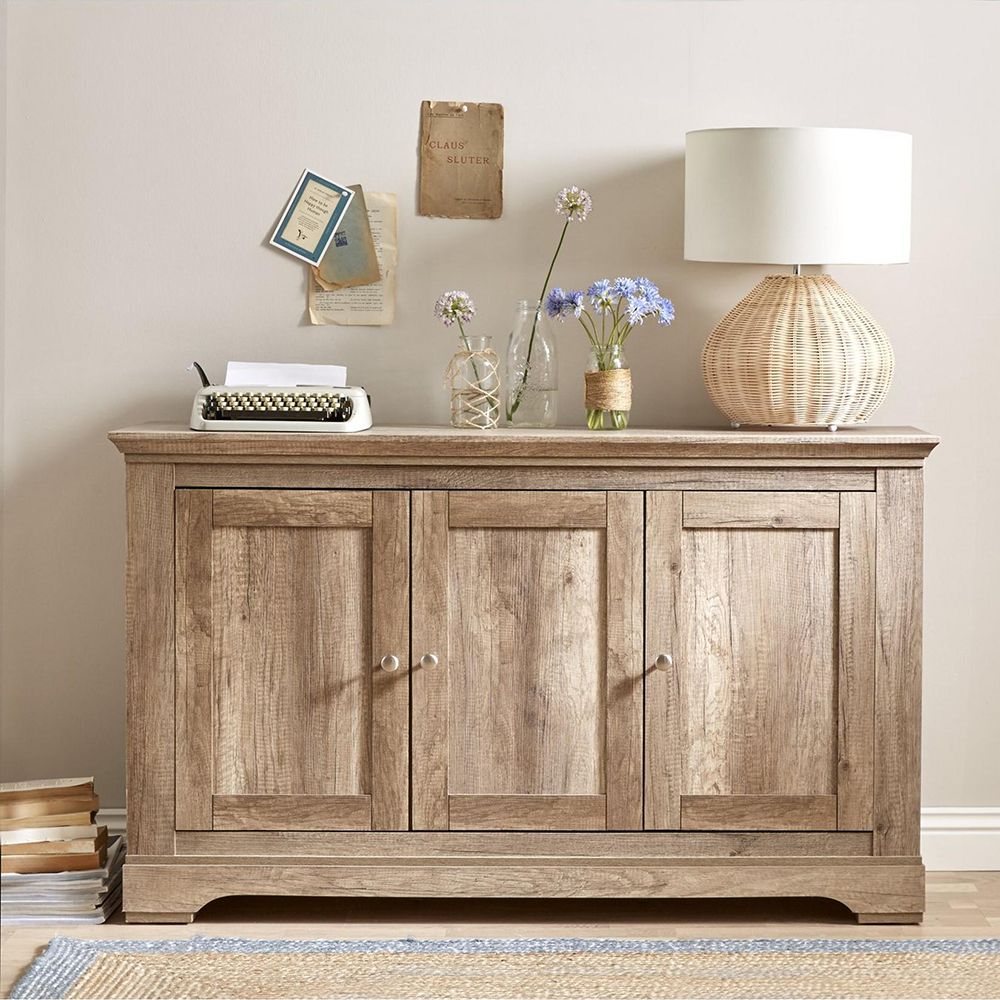
Source: futurecdn.net
Ultimately, conquering living room clutter isn’t about sacrificing style for practicality. By thoughtfully assessing your needs, exploring diverse storage solutions, and implementing an effective organization system, you can create a living room that’s both aesthetically pleasing and incredibly functional. Remember, the goal is a space that reflects your personal style while promoting relaxation and well-being. Embrace the process, experiment with different options, and enjoy the transformation of your living room into a haven of calm and order.
Questions and Answers
What if I have a very small living room?
Opt for multi-functional furniture like ottomans with storage, wall-mounted shelves, and slimline cabinets. Vertical space is your friend—use it wisely!
How often should I declutter my living room storage?
Aim for a seasonal declutter, or at least twice a year. This prevents clutter from building up and ensures your storage solutions remain efficient.
What are some affordable storage solutions?
Consider using baskets, fabric storage bins, and repurposed items like decorative boxes. IKEA and similar stores offer budget-friendly options.
How do I choose storage that matches my existing décor?
Consider the color, material, and style of your existing furniture. Choose storage solutions that complement these elements, maintaining a cohesive look.
What’s the best way to organize items within my storage solutions?
Categorize items by type and frequency of use. Use dividers and labels to keep everything neat and easily accessible.
- Minimalist Glass Design A Deep Dive - June 2, 2025
- Rainwater Harvesting House A Sustainable Home - May 6, 2025
- Natural Ventilation HouseA Sustainable Choice - May 6, 2025

